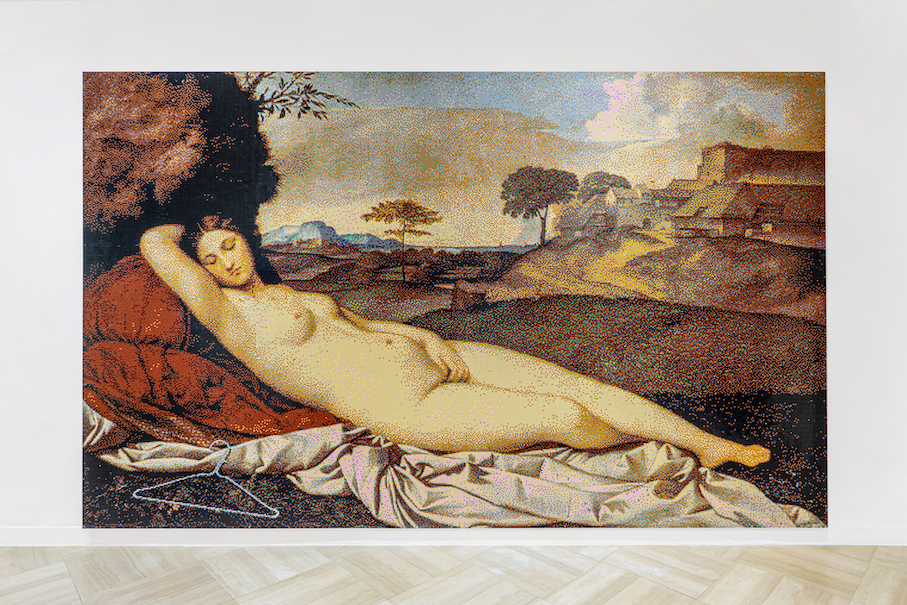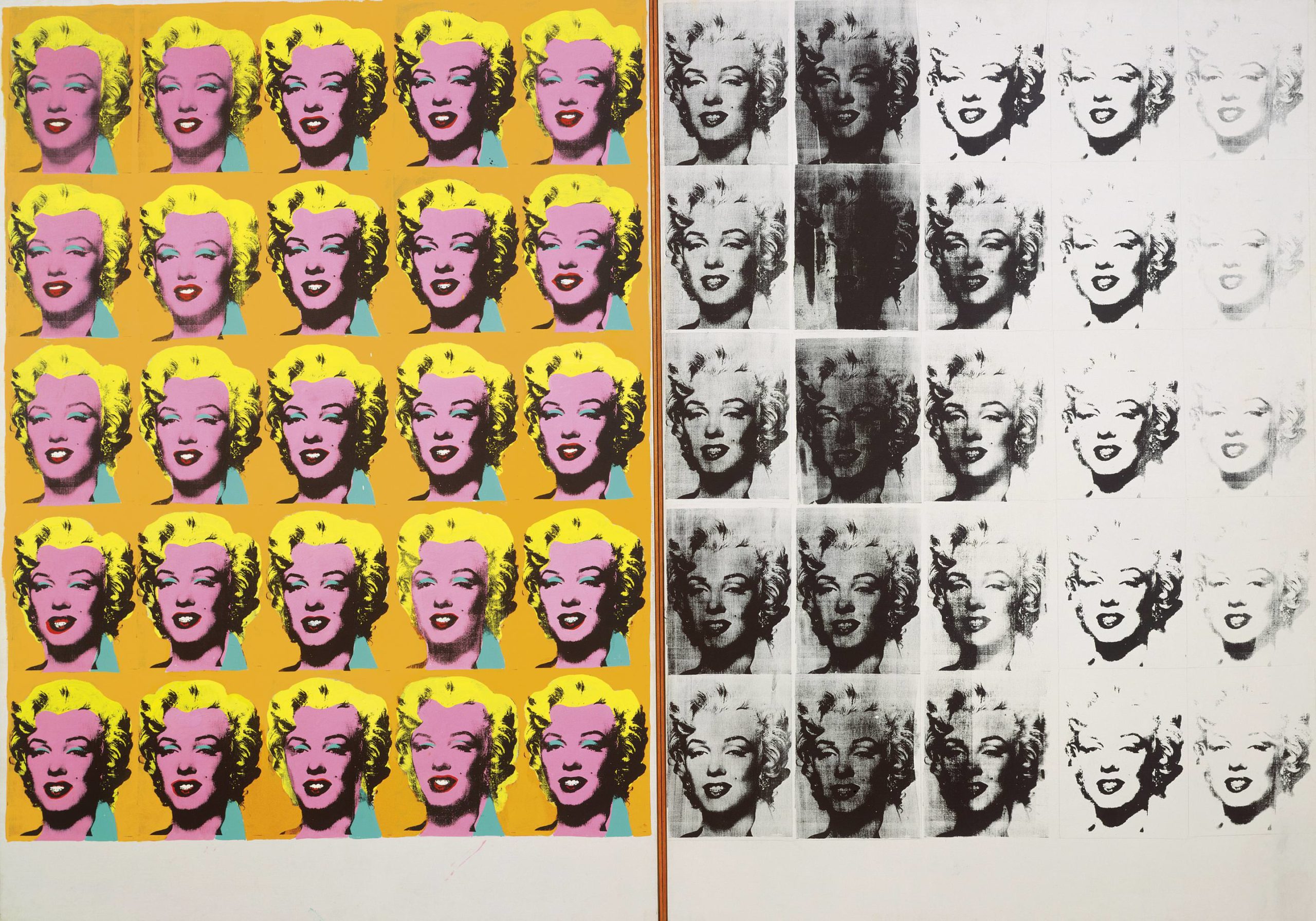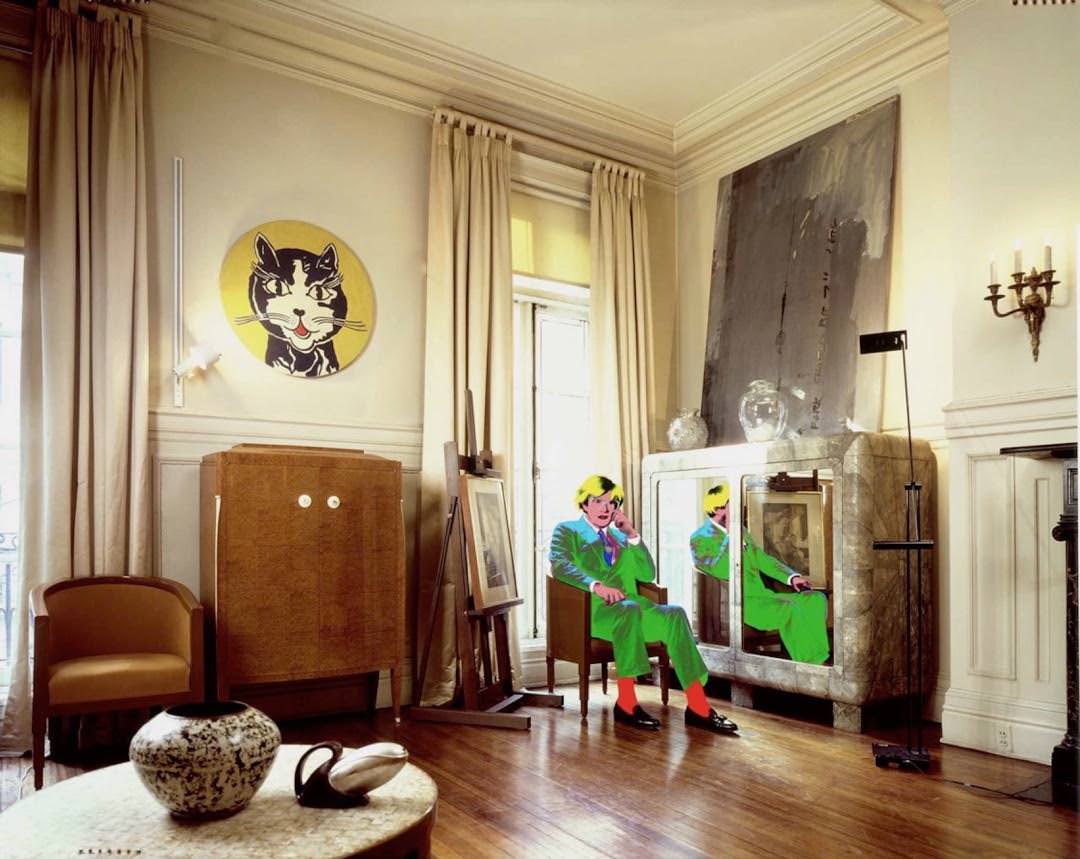Hailed as relevant as ever by The New York Times, for its astute gear towards “the selfie age,” forming a bold and merciless good look at contemporary Americans, “Human Interest: Portraits” at the new Whitney Museum (now through February 2017) promised to become unanimous in its success. Yet, shortly after the positive review, The Wall Street Journal referred to the show as “an enormous, dizzying mishmash” constituting all in all “a poor entree into the art of portraiture.” Considering the discord between the two publications on the subject of portraiture so close to the city, what should one objectively make of “Human Interest: Portraits?”
Surely, the art of portraiture is an incredibly vast subject whose organization must have been quite the challenge. The result is a division into 11 sections enclosing a total of 250 works: “Portrait of the Artist,” “Portraits without People,” “Starstruck,” “Streetlife,” “Cracked Mirror,” and “New York Portrait” on the 7th floor, and “Body Bared,” “Price of Fame,” “Self-Conscious,” and “Institutional Complex” on the 6th floor. All address, at varying degrees, the pull and fascination provoked by portraiture, its reflective power, and its dramatic expansion over the past century.
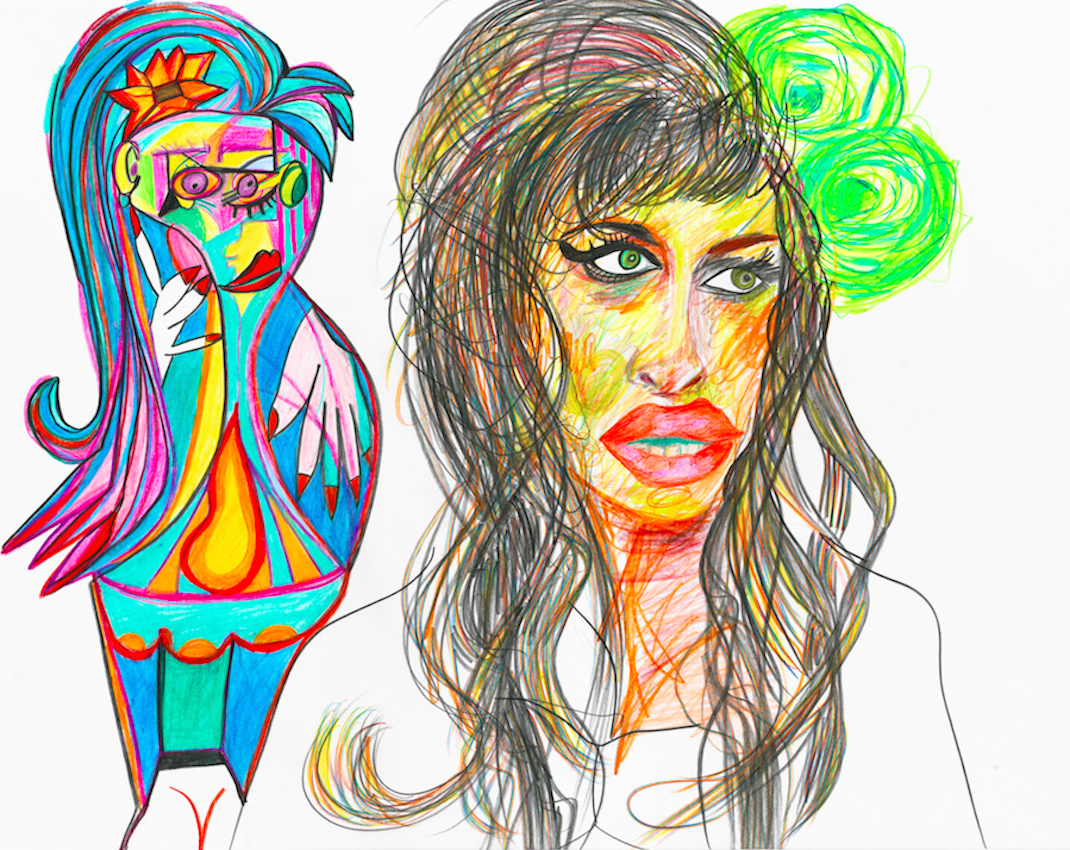
2005-2006
Although the exhibition is copious in content, this nevertheless allows it to succeed in displaying the many possible functions of the portrait, and address what an artist is engaging with in portraiture. These functions are evidently numerous, ranging from the traditional pursuit of reproduction/immortalization through likeness, to individual classification and control through management of ethnicity, race, and identity. But amid the aesthetic and political poles, the show tackles in great detail the relationship between the maker and the subject, showing the utility of portraiture in analyzing one’s perception of the other and the self. The many self-portraits on view, such as that of Cindy Sherman or portraits of artists made by other artists such as Richard Avedon’s photo of Jasper Johns on the 7th floor, explore these complex relationships.
In addition to the content of portraiture, attention is given to the evolution of the ways in which the portrait is executed and the impact of these different modes on the work. This is notable in the “Street Life” and “Starstruck” sections on the 6th floor where authenticity is captured through serendipitous paparazzi shots or improvised street photography (as opposed to the commissioned work). These sections reflect beautifully on many societal changes starting to take place in the country.
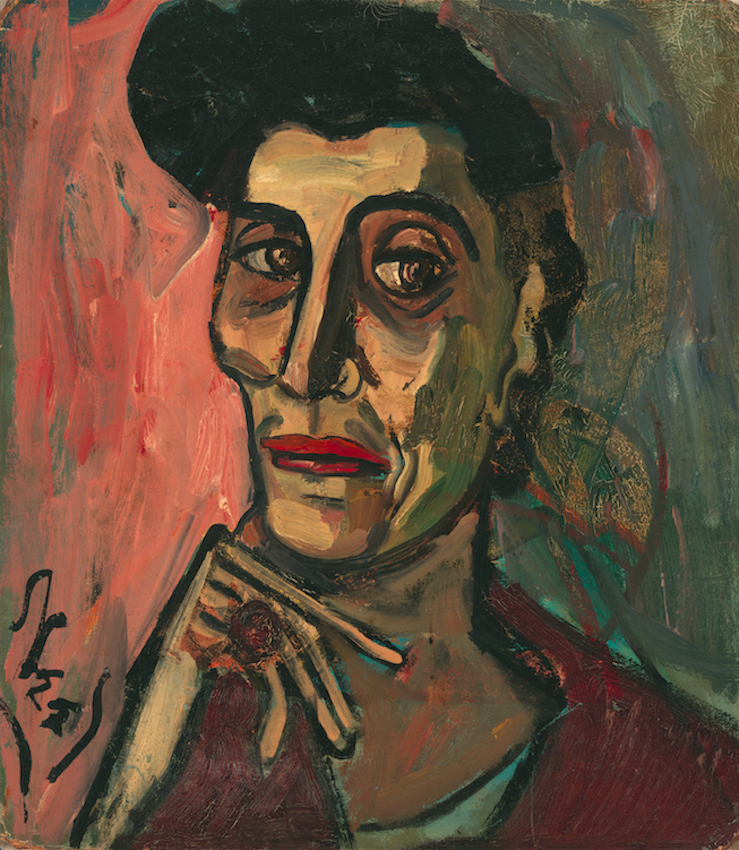
Oil on canvas
The crudeness of the human body in all its prudishness, vulnerability, and insolence is also explored in the “Body Bared” section with Joan Semmel’s delicate body self-portrait against Robert Mapplethorpe’s more defiant one from 1978. Both, however, irreverently divert the classical nude subject, so dear to Western art.
This irreverence is also picked up on in “Price of Fame” where Pop artists wallow sensibly in exaggerating an extra notch the contemporary mass media’s construction of the individual, and overtly amplify our inconspicuous internalization of glamour (Warhol’s consumable icons, Kilimnik’s portrait of Kate Moss on the 6th floor). “Self-Conscious” follows up on that theme and explores different psychological states experienced, or different etiquettes and personas attached to one single individual with works by artists such as Jean Michel Basquiat, Charles Ray, Rudolf Stingel, and notably a monumental lit wax candle by Urs Fischer depicting painter and filmmaker Julian Schnabel. The piece evokes the living—lit, yet perishable—and transient nature of artistic genius.
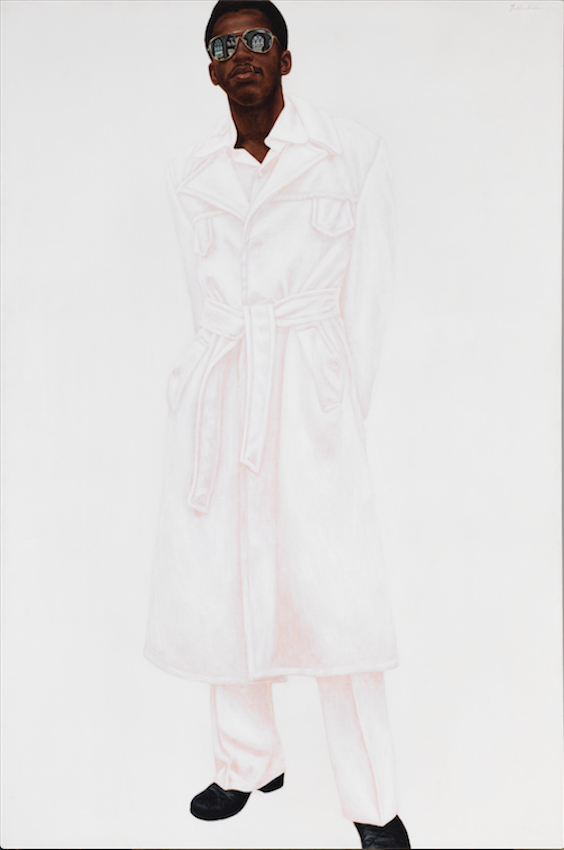
The Whitney Museum
“Portraits: Human Interest” is more than a reflection of America through time, it is a careful observation of the role of portraiture in helping us define ourselves in our humanity, both individually and societally through a myriad of mediums. One does need to be hungry to enjoy it, as it is indeed copious and qualitative. The show is relevant but also timeless.





